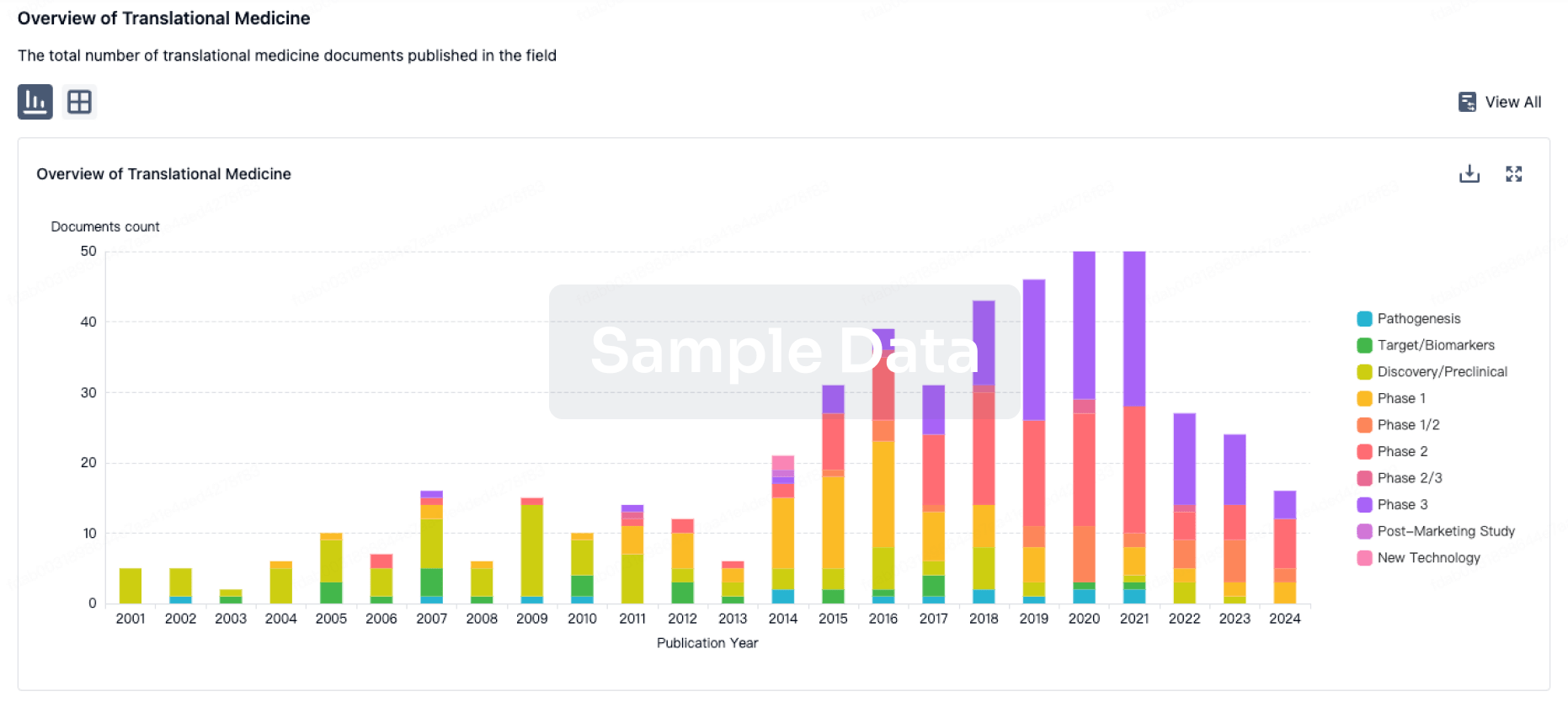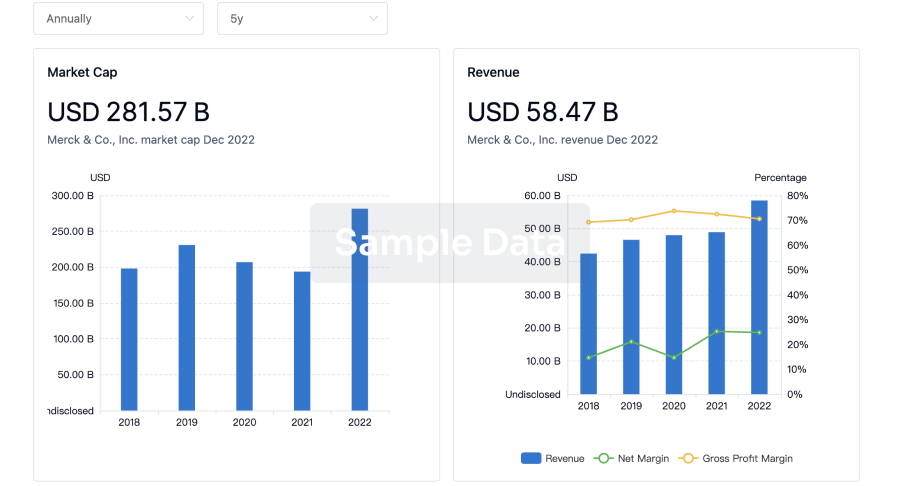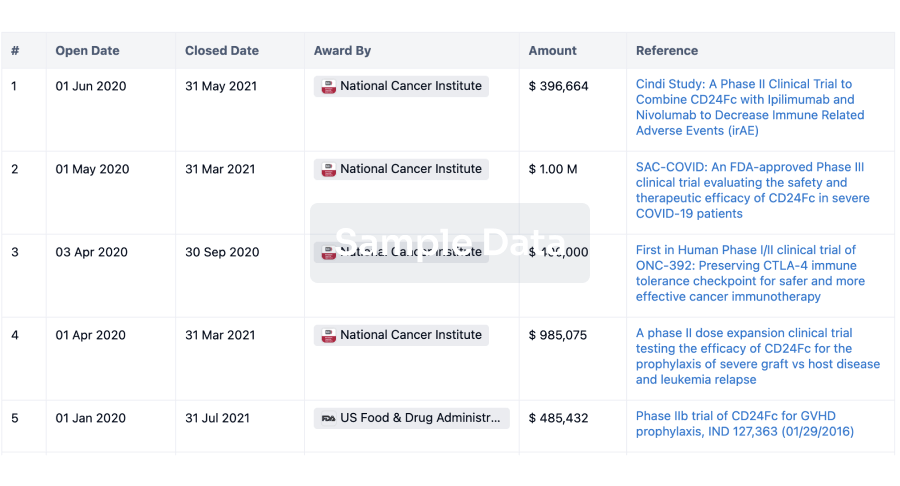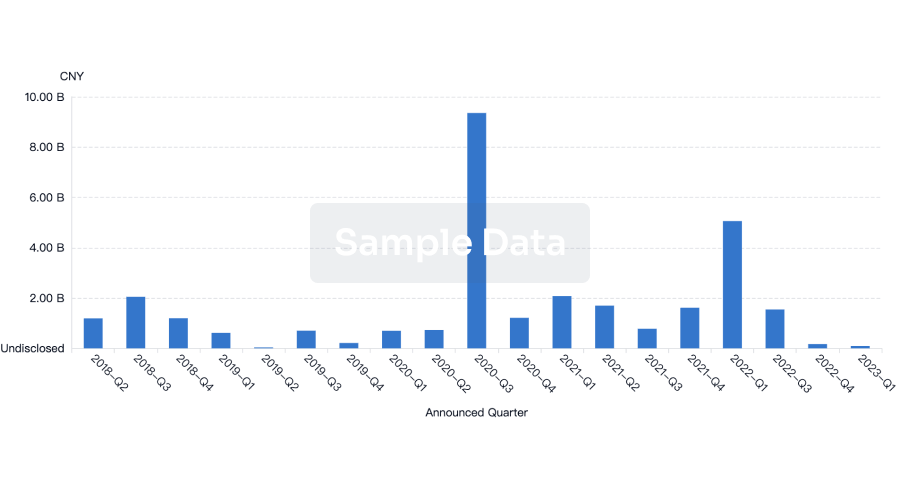/ CompletedNot ApplicableIIT Prehospital Use of a Ballistocardiographic Biosensor to Non-invasively and Invasive Pulse Contour Analysis to Monitor Hemodynamics and Blood Flow During Emergency Medicine Cases, a Prehospital Prospective Feasibility Study
In a out of hospital emergency medicine study the investigators will measure hemodynamic effects of implemented treatments for patients with cardiac arrest, hypotension, and intensive care transports. The investigators will use both non-invasive and invasive measuring technology to measure this. Ballistocardiographic biosensors are introduced together with more advanced non-invasive and invasive measurements such as invasive arterial blood pressure with cardiac output calculation and saturation cerebral tissue oxygenation (SctO2). During treatment of cardiac arrest patients the investigators will use a new LUCAS 2 Active Decompression device (LUCAS 2 AD2) and measure different hemodynamic variables.
/ CompletedNot ApplicableIIT Validation and Comparison of Ballistocardiographic Biosensors and Other Hemodynamic Measures for Healthy Subjects During Different Situations
Ballistocardiographic (BCG) biosensors reflecting the patients' current state is established. There are few studies documenting BCG biosensors efficacy, effectiveness, and efficiency. In addition, technologies using invasive blood pressure curves and Near Infrared Regional Spectrometry (NIRS) to measure hemodynamics have been used. Using these technologies to guide clinical decisions may be an major advance for patients with acute and chronic diseases. The investigators will explore how these technologies compares to well established technologies measuring vital signs of healthy subjects. The investigators will use live continuous and non-continuous biosensor data to monitor the development of vital parameters during different scenarios. The study will document how CPD measured by biosensors, cerebral oximetry measured by NIRS, and invasive blood pressure curves measured by FloTrac™ are compared to established technologies of vital organ functionality.
Data will be measured continuously and documented simultanuously with technologies such as Doppler Echocardiography, transthoracic impedance (TTI), Electrocardiogram (ECG), invasive blood pressure [cardiac output/index (CO/CI), stroke volume/stroke volume index (SV/SVI), stroke volume variation/pulse pressure variation (SVV/PPV), systemic vascular resistance/ systemic vascular resistance index (SVR/SVRI), mean arterial pressure (MAP)], pulse oximetry (SpO2) and cerebral oximetry (rSO2). Of special interest is to document how relative heart stroke volume reflects blood flow documented by the parallel technology measures. All these measures are the key part in the study to document user friendliness, accuracy, sensitivity, specificity and correlations.
The main research question is whether adding BCG biosensor measures, cerebral oximetry and invasive blood pressure to monitor vital signs will add meaningful information to the care of patients in a situation where we are able to control all the factors that may impact these measures. The aim of the study is to document (correlation, sensitivity and specificity) how BCG biosensors perform compared to each other and to well established technologies used for monitoring blood flow, blood pressure, heart rate and respiration rate in steady state and during ambulance transport. In addition, the investigators will in a controlled manner measure how established maneuvers like Trendelenburg, hypo-/hyperventilation, and bolus of fluid influences our measures.
Active Temperature Management After Cardiac Surgery and Its Effect on Postoperative Cognitive Dysfunction
This study will assess the effect of active postoperative temperature management and its effect on the cognitive function in patients following coronary artery bypass graft (CABG) surgery to determine if active postoperative temperature management to maintain normothermia reduces postoperative cognitive dysfunction (POCD) in this population. Additionally, the investigators will explore differences in temperature control variability by using temperature management wraps combined with acetaminophen vs. acetaminophen alone in a pilot arm.
100 Clinical Results associated with Stryker Medical
0 Patents (Medical) associated with Stryker Medical
100 Deals associated with Stryker Medical
100 Translational Medicine associated with Stryker Medical








